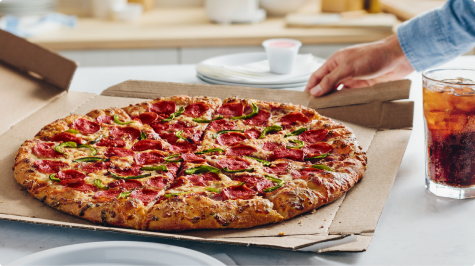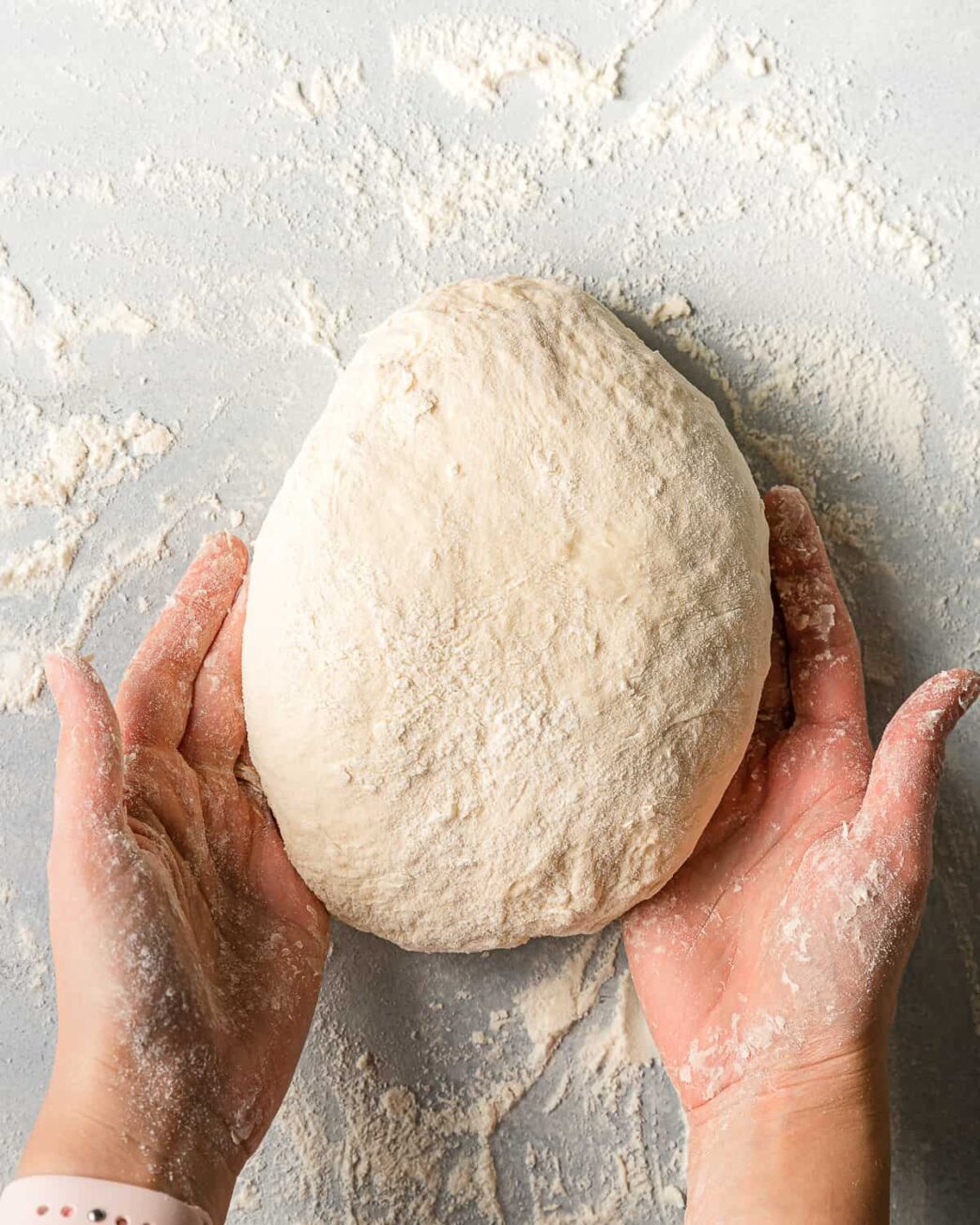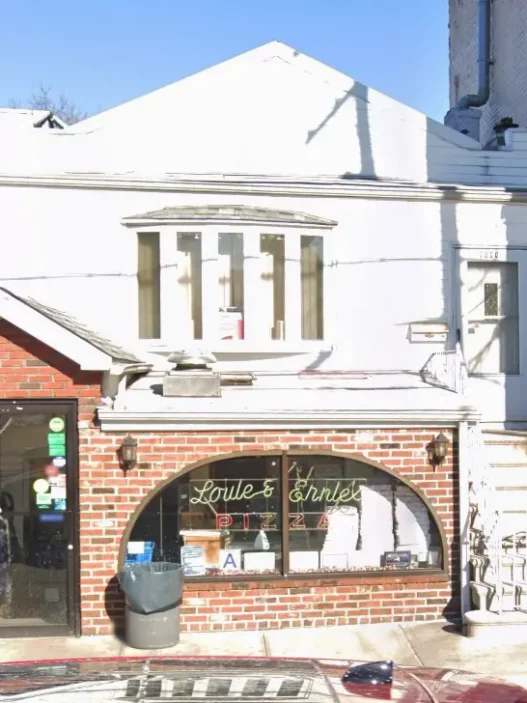Pizza has always been more than a quick meal. It’s a story of patience, craftsmanship, and respect for ingredients. Among the many techniques that define the world’s best pies, long fermentation pizza dough stands out as one of the most transformative. Stretching fermentation to 72 hours unlocks flavors and textures that are impossible to replicate with same-day dough.
Whether you’re a passionate home baker experimenting with the best home pizza oven, or a professional pizzaiolo aiming to elevate your restaurant’s craft, understanding the art of long fermentation will change the way you think about pizza forever.
What Is Long Fermentation Pizza Dough?
Long fermentation refers to letting pizza dough rise slowly—usually in the refrigerator—for 48 to 72 hours before baking. Instead of using a fast, yeast-heavy rise, the dough rests under cooler conditions, allowing enzymes and wild yeasts to break down starches and proteins gradually.
The result? A crust that is:
- More flavorful, with nutty, tangy notes from natural fermentation.
- Easier to digest, because long resting allows gluten and starches to break down.
- Texturally superior, balancing a crisp exterior with an airy, open crumb.
According to Italian pizzaiolo Franco Pepe, whose restaurant Pepe in Grani has been called the world’s best pizzeria, “Patience is the secret ingredient. Time transforms dough into something alive.”
Why 72 Hours? The Science of Flavor
Three days is often considered the sweet spot. At this stage, yeast activity has slowed, but enzymatic activity is still strong. That balance creates complex flavor while avoiding over-fermentation (which can lead to sourness or slack dough).
A study from the University of Naples on traditional Neapolitan pizza found that extended fermentation enhances amino acids in the dough, leading to the “umami” effect so prized in artisanal baking. This explains why a 72-hour crust pairs so beautifully with simple toppings like San Marzano tomatoes, mozzarella di bufala, and fresh basil.
How to Make 72-Hour Fermented Pizza Dough at Home
You don’t need a professional setup to master this technique. With the right tools, patience, and a good pizza dough recipe, you can achieve world-class results at home.
Essential Equipment
- Pizza stone or steel – Holds heat and mimics a wood-fired oven floor.
- Digital kitchen scale – Precision matters in dough hydration.
- Best home pizza oven – For high-heat baking in your backyard or kitchen.
- Airtight containers for cold fermentation.
Step-by-Step Method
- Mix the dough: Combine flour, water, salt, and a small amount of yeast. (Try our full pizza dough recipe for exact ratios.)
- Bulk ferment: Let it rest at room temperature for 1–2 hours until slightly puffy.
- Cold proofing: Transfer the dough to the refrigerator for 72 hours. This is when the magic happens.
- Final shaping: Remove from the fridge, divide, and gently ball the dough. Let it warm for 1–2 hours before baking.
- Bake: Launch onto your pizza stone or into a home pizza oven at maximum heat.
Pro Tips from Pizza Experts
- Use strong flour: Italian “00” or high-protein bread flour withstands long fermentation without collapsing.
- Hydration is key: Aim for 65–70% water content for an open crumb.
- Don’t rush the warm-up: Cold dough tears easily—let it come to room temperature before stretching.
- Minimal yeast: The longer the fermentation, the less yeast you need.
Renowned baker Jim Lahey of Sullivan Street Bakery puts it simply: “The less you do, the more the dough does for you.”
Artisanal Ingredients That Elevate Your Dough
Great dough is only half the story. To bring out the full character of your crust, focus on artisanal pizza ingredients:
- Flour: Sourced from Italian mills like Caputo or local stone-ground producers.
- Salt: Sea salt enhances flavor more subtly than table salt.
- Tomatoes: San Marzano DOP for authentic Neapolitan taste.
- Cheese: Mozzarella di bufala or fior di latte.
For sourcing bulk quantities, check our directory of trusted pizza suppliers, where pizzerias can find everything from flour pallets to commercial mixers.
Commercial Applications: Why Pizzerias Love Long Fermentation
For professional pizza shop owners, long fermentation isn’t just about taste—it’s also a smart business move.
- Consistency: Dough prepared days in advance helps streamline operations.
- Digestibility: Health-conscious customers appreciate easier-to-digest crusts.
- Marketing advantage: Highlighting a “72-hour fermented dough” on the menu elevates your brand.
When combined with modern pizza POS systems and delivery software, shops can better forecast demand and align dough prep with sales trends.
The History of Fermented Dough in Pizza Culture
Fermentation is nothing new. Ancient flatbreads were leavened by wild yeasts long before commercial yeast packets existed. In Naples, slow fermentation has been part of tradition for centuries.
What’s changed is technology: refrigeration now allows pizzaioli to control fermentation precisely, while commercial pizza equipment makes scaling possible. This marriage of old-world tradition and modern tools defines today’s pizza renaissance.
FAQ: Long Fermentation Pizza Dough
Q: Can I use sourdough starter instead of yeast?
Yes. Many bakers use sourdough for added complexity, but the principles of long fermentation remain the same.
Q: What if my dough over-ferments?
If it collapses or smells overly sour, shorten the fermentation time next round. Start with 48 hours before pushing to 72.
Q: Does long fermentation work in a busy pizzeria?
Absolutely. Many top shops stagger batches over several days, ensuring a steady supply of mature dough.
Q: Which oven is best for home use?
A high-heat home pizza oven delivers restaurant-quality results, though a pizza stone in a conventional oven is a great start.
Q: Where can I find specialty flours and cheeses?
Explore our curated list of suppliers for artisanal ingredients trusted by professionals.
The Future of Fermentation in Pizza
As consumers demand authenticity, transparency, and quality, the 72-hour fermented dough has moved from niche to mainstream. Chains like Tony’s Pizza Napoletana and independent shops across the U.S. are advertising their use of slow fermentation as a selling point.
The next frontier may lie in sustainability—using heritage grains, locally sourced flour, and eco-friendly packaging. For suppliers, this means adapting to demand for sustainable pizza sourcing while continuing to support craft pizzaioli.
Final Slice
The beauty of a 72-hour fermented pizza dough is that it connects history, science, and artistry in one bite. By giving time the respect it deserves, pizzaioli and home bakers alike can unlock flavors that honor tradition while pushing pizza forward into new territories.
So whether you’re pulling pies from a backyard home pizza oven, running a busy pizzeria, or sourcing ingredients from trusted pizza suppliers, remember: the best pizza starts with patience.
Disclaimer: This article contains affiliate links, which means Pizza Magazine may earn a commission if you make a purchase through them, at no extra cost to you. We only recommend products and services we genuinely believe in.






















